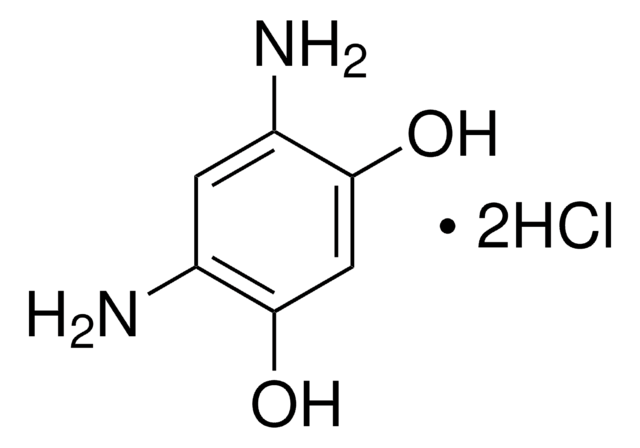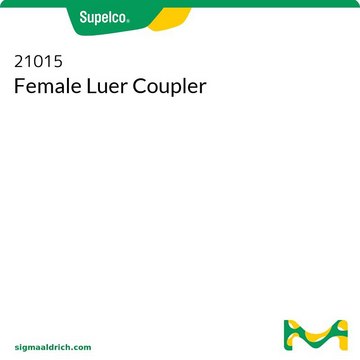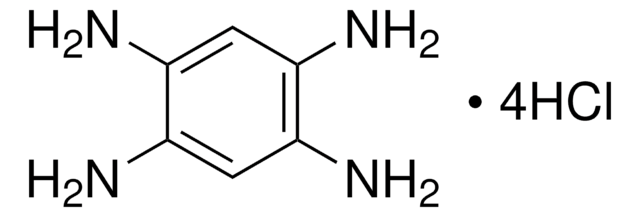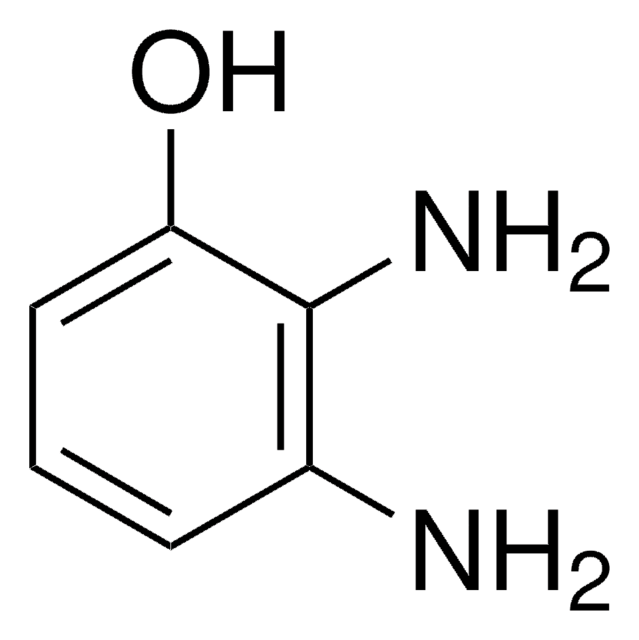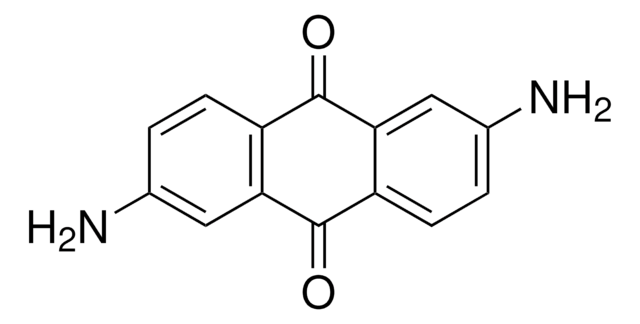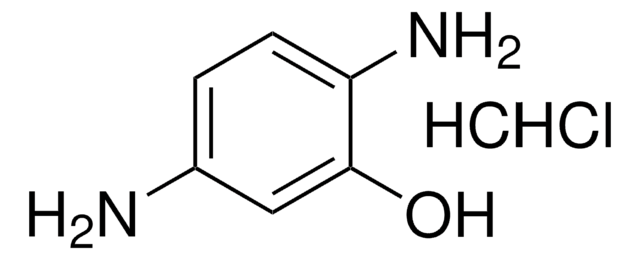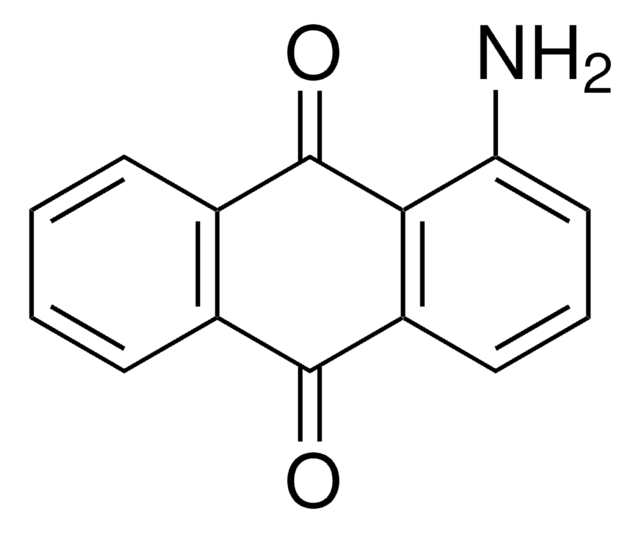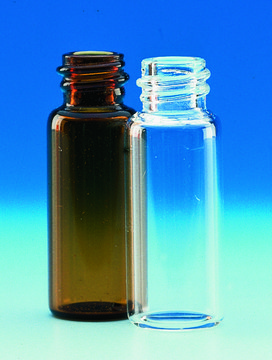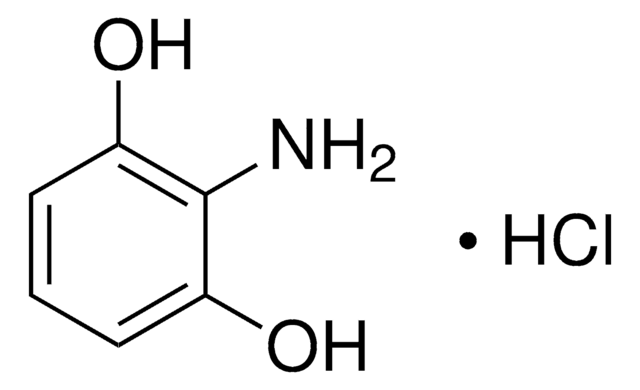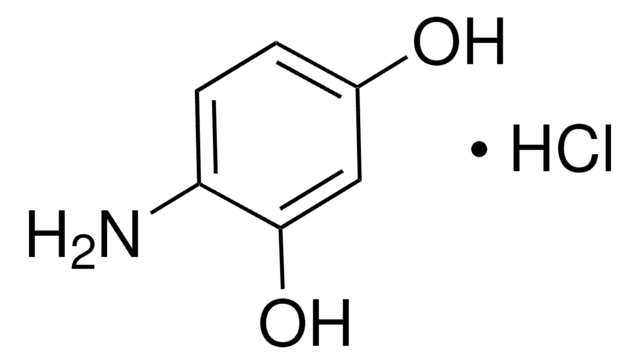33040
2,5-Diaminohydroquinone dihydrochloride
technical, ≥90% (AT)
Synonym(s):
2,5-Diamino-1,4-benzenediol dihydrochloride, 2,5-Diamino-1,4-dihydroxybenzene dihydrochloride
Sign Into View Organizational & Contract Pricing
All Photos(1)
About This Item
Empirical Formula (Hill Notation):
C6H8N2O2 · 2HCl
CAS Number:
Molecular Weight:
213.06
Beilstein:
5795549
MDL number:
UNSPSC Code:
12352100
PubChem Substance ID:
NACRES:
NA.22
Recommended Products
grade
technical
Quality Level
Assay
≥90% (AT)
form
powder
SMILES string
Cl.Cl.Nc1cc(O)c(N)cc1O
InChI
1S/C6H8N2O2.2ClH/c7-3-1-5(9)4(8)2-6(3)10;;/h1-2,9-10H,7-8H2;2*1H
InChI key
NILKAWPWTYPHAH-UHFFFAOYSA-N
Application
2,5-Diaminohydroquinone dihydrochloride was used in the preparation of polymers. It was also used in the preparation of chemically cross-linked polyimide and silica hybrid films.
Caution
may discolor to black-violet on storage
Signal Word
Warning
Hazard Statements
Precautionary Statements
Hazard Classifications
Eye Irrit. 2 - Skin Irrit. 2 - STOT SE 3
Target Organs
Respiratory system
Storage Class Code
11 - Combustible Solids
WGK
WGK 3
Flash Point(F)
Not applicable
Flash Point(C)
Not applicable
Personal Protective Equipment
dust mask type N95 (US), Eyeshields, Gloves
Choose from one of the most recent versions:
Already Own This Product?
Find documentation for the products that you have recently purchased in the Document Library.
Polymers derived from 2, 5-diamino-p-benzoquinone-diimide and related compounds.
Szita J and Marvel CS.
Journal of Polymer Science Part A: Polymer Chemistry, 7(11), 3203-3217 (1969)
A H-bond stabilized quinone electrode material for Li-organic batteries: the strength of weak bonds.
Louis Sieuw et al.
Chemical science, 10(2), 418-426 (2019-02-13)
Small organic materials are generally plagued by their high solubility in battery electrolytes. Finding approaches to suppress solubilization while not penalizing gravimetric capacity remains a challenge. Here we propose the concept of a hydrogen bond stabilized organic battery framework as
Synthesis and characterization of chemically cross-linked polyimide-siloxane hybrid films.
Ahmad Z, et al.
Journal of Non-Crystalline Solids, 355(8), 507-517 (2009)
Our team of scientists has experience in all areas of research including Life Science, Material Science, Chemical Synthesis, Chromatography, Analytical and many others.
Contact Technical Service